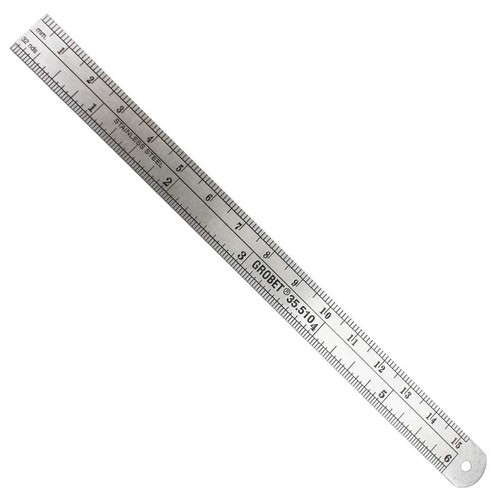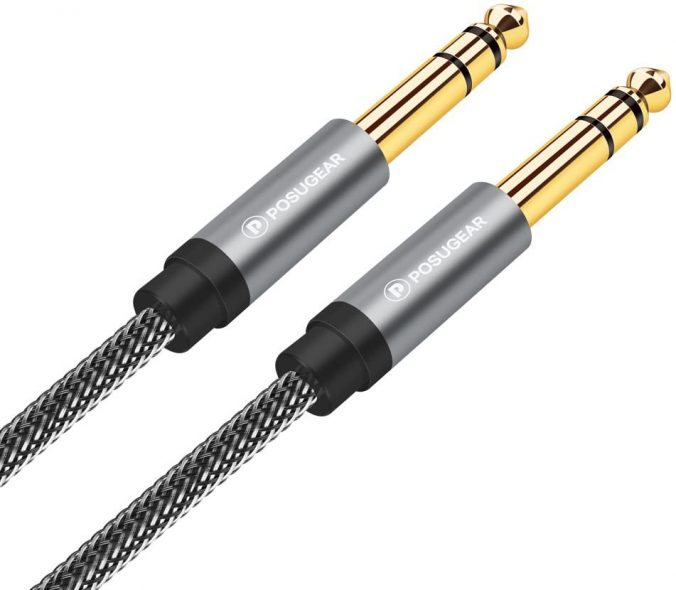

For new digital cameras, a bigger sensor area captures better quality, but requires larger-diameter, bulkier lenses.
35MM TO INCH FULL
This illustration compares digital camera sensor sizes: full frame 35mm (which is actually 36mm wide), APS-C, Micro Four Thirds, 1-inch, 1/1.7″ and 1/2.5” Type. But I recommend a bigger camera for superior optical zoom, better performance in dim light, and sharper prints.īelow, compare sensor sizes for digital cameras: Top smartphone cameras can potentially make good 18-inch prints and share publishable pictures. Recent digital sensor advances have shrunk cameras and increased optical zoom ranges while preserving image quality. An evocative image can clearly be created with any decent camera in the hands of a skilled or lucky photographer. Legacy sizing labels such as 1/2.5″ Type harken back to antiquated 1950s-1980s Vidicon video camera tubes!įor a given year of technological advance, a camera with physically bigger sensor area tends to capture better image quality by gathering more light, but at the cost of larger-diameter, bulkier lenses. The archaic inch-sizing of camera light sensors is clarified in the illustration and table below, with relative sizes and millimeters. Smartphones compensate for tiny cameras via computational power and instantly-shareable images, but zoom poorly and fumble in dim light.

Sensors smaller than “1-inch” size can support super zoom ranges, but at the cost of poor image quality, especially in dim light. Cameras using even bigger full-frame sensors restrict zoom range and overburden travelers. In comparison, cameras using larger APS-C sensors require heftier 11x to 19x travel zoom lenses which struggle to sharpen the edges of the frame. Since 2016, a “ 1-inch Type” sensor size has optimized the portability of serious travel cameras ( recommended here).


 0 kommentar(er)
0 kommentar(er)
